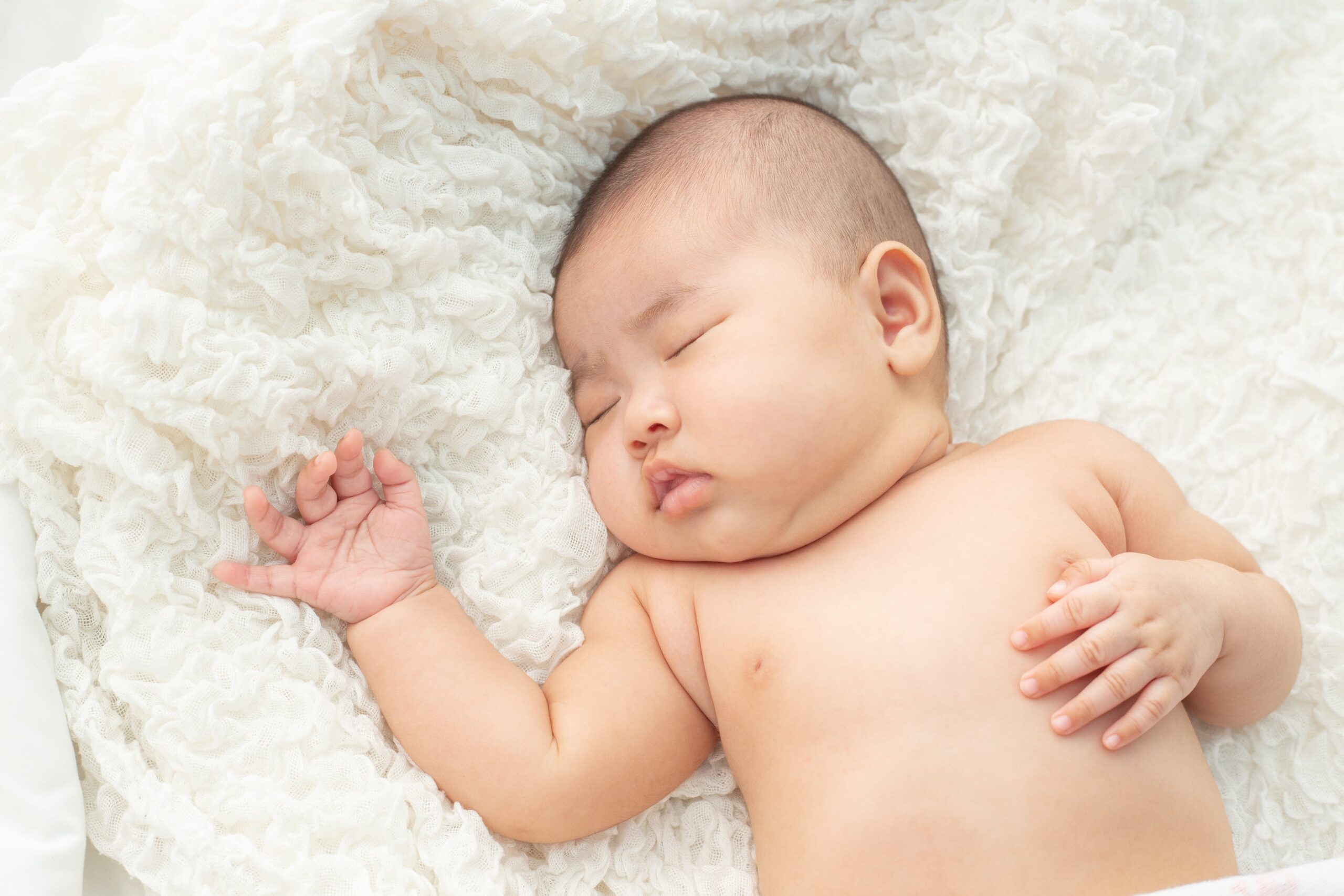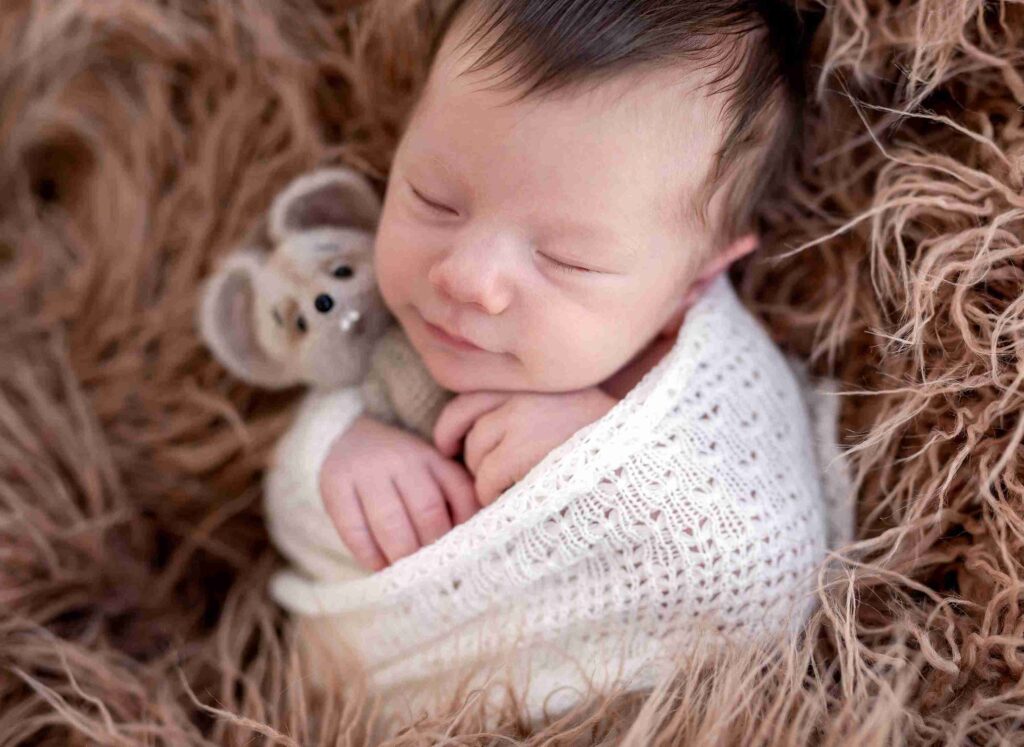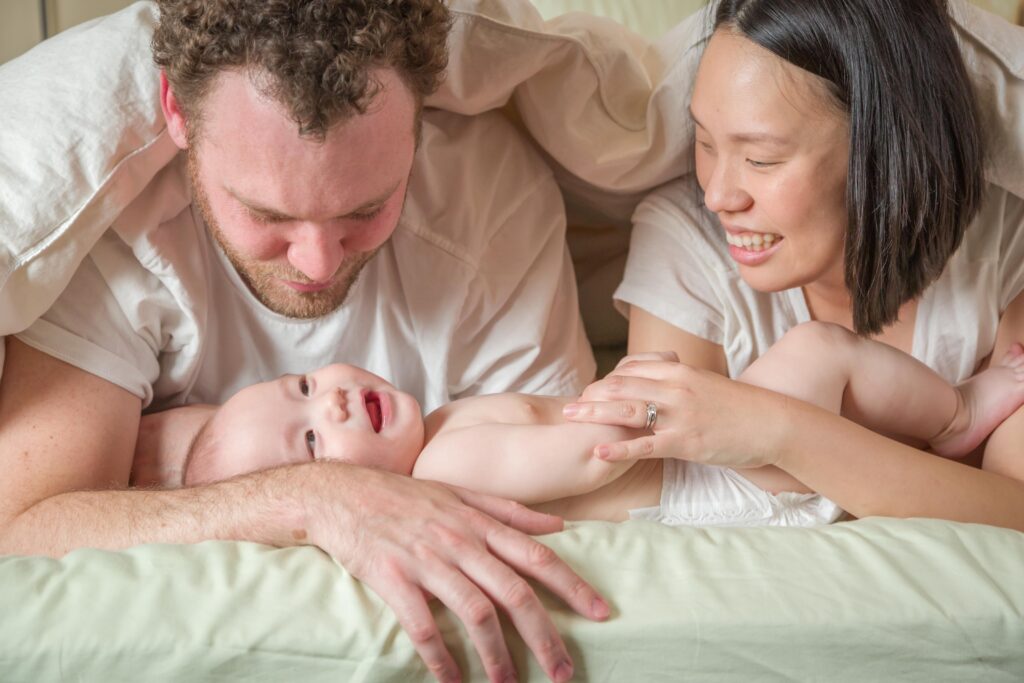
Safe Sleep Practices for Newborns: What Every Parent Should Know
Welcoming a newborn into your family is an exciting and joyous occasion, but it also comes with the responsibility of ensuring their safety, especially during sleep. Establishing safe sleep practices from the beginning is crucial for your baby’s well-being. Here are some essential guidelines every parent should know:
Back to Sleep
The safest sleep position for newborns is on their back. This reduces the risk of sudden infant death syndrome (SIDS). Always place your baby on their back to sleep, whether it’s for a nap or during the night.
Firm Sleep Surface
Provide your baby with a firm and flat sleep surface for their safety and comfort. A crib, bassinet, or Moses basket with a firm mattress and fitted sheet is ideal. Avoid using soft mattresses, pillows, blankets, or crib bumpers, as they can pose suffocation hazards. Ensure your baby’s sleep environment is free from any loose bedding or objects that could obstruct their breathing.
Consider investing in the SBROUT® 6-in-1 Baby Sleep Habitat System, a versatile and sustainable solution designed to adapt to your baby’s growing needs. With its innovative design, the SBROUT® offers multiple configurations, including a crib, cot, toddler table and more, providing long-term value and convenience.
Keep the Sleep Area Clear
Ensure that your baby’s sleep area is free from loose bedding, toys, or other soft objects. The only items that should be in the crib are a firm mattress and a fitted sheet. Keep the room temperature comfortable and avoid overheating your baby.
Room Sharing
The safest place for your baby to sleep is in the same room as you, but not in the same bed. Room sharing can reduce the risk of SIDS by up to 50%. Consider using a bedside bassinet or co-sleeper for easy access during nighttime feedings.
Consider Using a Newborn Swaddle
A newborn swaddle can provide a sense of security and comfort for your baby, mimicking the feeling of being in the womb. Swaddling can also help prevent your baby from waking themselves up with their startle reflex.
Look for a breathable and lightweight swaddle made from quality materials like cotton or bamboo. KIKI & SEBBY offers a range of adorable and high-quality muslin swaddles that are perfect for your little one’s sleep needs.
Pacifier Use
Offering a pacifier at naptime and bedtime has been shown to reduce the risk of SIDS. However, if you are breastfeeding, it’s best to wait until breastfeeding is well-established before introducing a pacifier to avoid nipple confusion.
Create a Bedtime Routine
Establishing a consistent bedtime routine can help signal to your baby that it’s time to sleep. This can include activities like a warm bath, gentle massage, reading a book, or singing a lullaby. Keep the bedtime routine calm and soothing to help your baby relax and prepare for sleep.
Safe Sleep Environment
Avoid exposing your baby to secondhand smoke, as it increases the risk of SIDS. Additionally, avoid using sleep positioners, wedges, or other devices that claim to prevent SIDS, as they have not been proven to be effective and can pose a suffocation risk.
Regular Checkups
Schedule regular checkups with your pediatrician to monitor your baby’s growth and development. Your pediatrician can also offer guidance on safe sleep practices and address any concerns you may have.
Conclusion
By following these safe sleep practices, you can create a secure sleep environment for your newborn and reduce the risk of SIDS and other sleep-related accidents. Remember to always place your baby on their back to sleep, provide a firm sleep surface, and keep the sleep area free from hazards. With proper care and attention, you can ensure that your baby sleeps soundly and safely.
Explore KIKI & SEBBY’s collection of newborn swaddles, blankets, and other essential baby products to help your little one sleep safely and comfortably. Visit our online store today and give your baby the gift of peaceful sleep.

Swaddling Myths Debunked: What You Really Need to Know About Swaddling Your Newborn

Swaddling and SIDS Prevention: Understanding the Link









